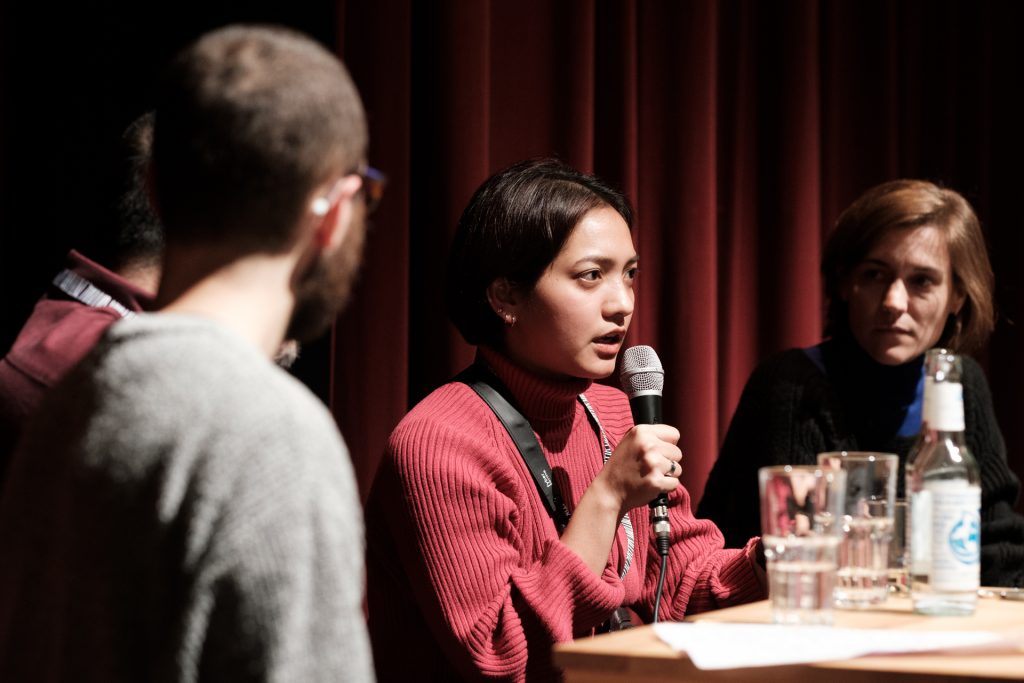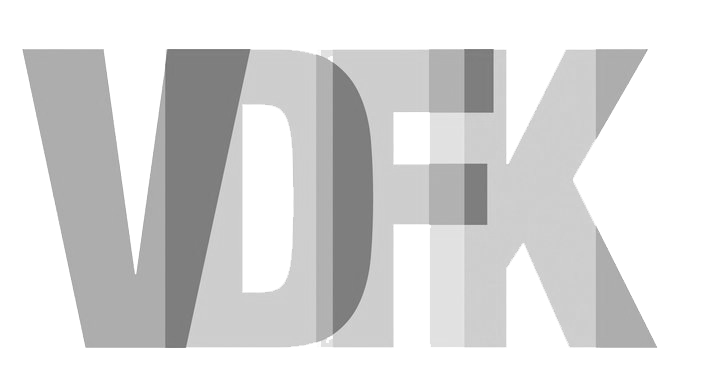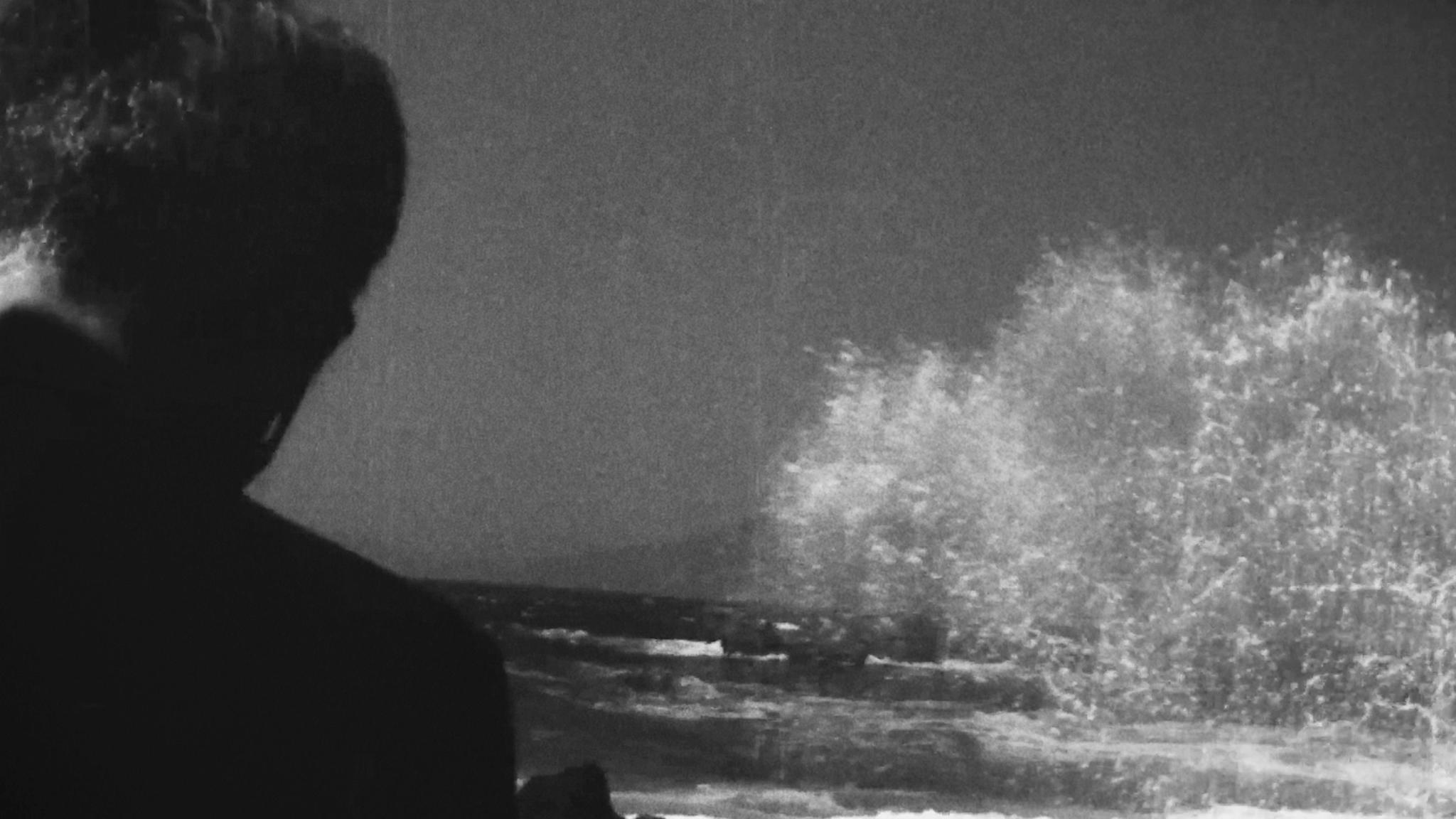Blog #2/19 - Take Me Home!
by Müge Turan
Film makes present what is absent, a point resonantly articulated at “Resisting Disappearance,” Berlin Critics’ Week first film program of the 2019 edition. Coming from the Rotterdam Film Festival, where Critics’ Choice, a context program of films, video essays and talks, compiled by film critics Jan Pieter Ekker and Dana Linssen focused on the theme of “absence”, we can say that there is a thread here. It is maybe inevitable for the film critic to be both perplexed and inspired by the film as “absent object”. Absence and presence are two desires and trends: first there is a consistently manifested desire to reconstruct a transcendental realm which is otherwise radically absent. Which maybe also drives us to continuously reconstruct our beginnings. Both films of “Resisting Disappearance”, Nakorn-Sawan (Puangsoi Rose Aksornsawang) and Gulyabani (Gürcan Keltek) have autobiographical elements, and construct a space that blurs the line between fact and fiction, between recollection and invention, almost to prove that any story is essentially autobiographical, since it’s inspired by the self and by the past without necessarily narrating either. The themes of autobiography and fiction, and the ways in which they can be represented were discussed in the following talk by the directors of two films, Carla Simón (director, Summer 1993) and the art historian, Philip Ursprung. Keltek, Aksornsawang and Simón shared their own experiences in filmmaking on sensitive subjects such as loss of a beloved one, or how elements of history can trap one’s identity.

Nakorn-Sawan’s skeletal set-up of documentary and fiction are part of the same structure of the self, where an imaginary “then” emerges with a lived “now”, a constructed memory based in displacement. There is a story in which the main character, Aoey, boards the boat with her father to scatter her mother’s ashes into the river at Pak Nam Po, and on the other, the videos and photos of the director’s own father and mother zigzagging through the whole film. After being away from home for five years, Aoey comes back from Germany to Nakorn Sawan for her mom’s funeral and then we see the director with a camera filming her father, who lives alone in a rubber plantation. Both stories are like inserts filling the temporal and spatial distance between mother and daughter, between a self and a generationally, as well as geographically, separated other. In contrast to the silence of images, carved out of noise, movement and emptiness in the “fiction” part, the home recordings feel so urgent and lively. Like the chili plant that grows upside down, towards the earth in Nakorn-Sawan, Aksornsawang takes on a journey to remember. Something in the past, something that somehow always escapes. She links the year of her birth to the fall of the Berlin Wall, and Nakorn-Sawan feels heavenly for her, as she accompanied her departed mother to heaven. In the end, Nakorn-Sawan is Aoey’s motherland.
Like Nakorn-Sawan, the second film, Gulyabani is a ghost story, of sorts, in which a woman tells her troubled life’s story via a voiceover. Ghosts, like us, want to reach home, and they remember what it was like. Memory is all they are really. And memory can hurt. We hear the voice-over of Fethiye Sessiz, a clairvoyant from Izmir in 1970s and 1980s, reading letters or diaries to her son. While she remembers fractions of her survival from abuse, kidnappings and violence, she recounts the events of her childhood and recollects the emotional landscape in a politically violent period of Turkey. Through her voice, she tries to come to her son in the nights she doesn’t know where he is. Her son is again her lost homeland. “They call me Gulyabani”, she says, “a spirit of dark places, a ghoul”, and “I am ready to embrace my own disappearance”. While the images provide a montage as accompaniment, giving what is largely abstracted nature footage a distinctly haunted quality, Fethiye as acousmétre– the term that the theorist Michel Chion defines for a voice-character specific to cinema that derives mysterious powers from being heard and not seen- retains a significant mystery and omnipotence from its absence of image. Her disembodied voice is enveloping, as well as a special carrier of authority. It exists between sound and vision, identified with neither but, rather, with a complex interchange in which we must see sound and hear physicality. Keltek’s continuous montage of image and sounds allows the buried memories to haunt, and make the film a physical experience in which time unfolds in you. Keltek’s mélange of pinhole camera material, found footage from 1970’s Turkey he said in the discussion following the screening that he found in Greece, and some 16mm films are mixed with what he shot in İzmir.

As the opening lines of Gulyabani say, what we remember are like shadows of reality in a dark room. Both films open the door of that room, each with a certain emphasis on style and distorted sense of time needs the filmic medium to deal with the disappearance, so the act of remembering is locked in limbo of darkness and light. They remind us that our endless and impossible journey toward home is our home. Which brings me back to the extensive solo exhibition of David Lynch, “Someone is in the House” in the Bonnefantenmuseum I saw two days ago. As an artist who knows how to deal with spectral presences and photographs that refuse to disappear, Lynch is “certain that we do deal in an unconscious way with another dimension than the well-known three”. Cinema, in the end—and I am not talking necessarily about the photochemical indexicality and materiality of the analog film—is a dimension about the gravity of flesh and blood, and the resistance of objects in the world.

